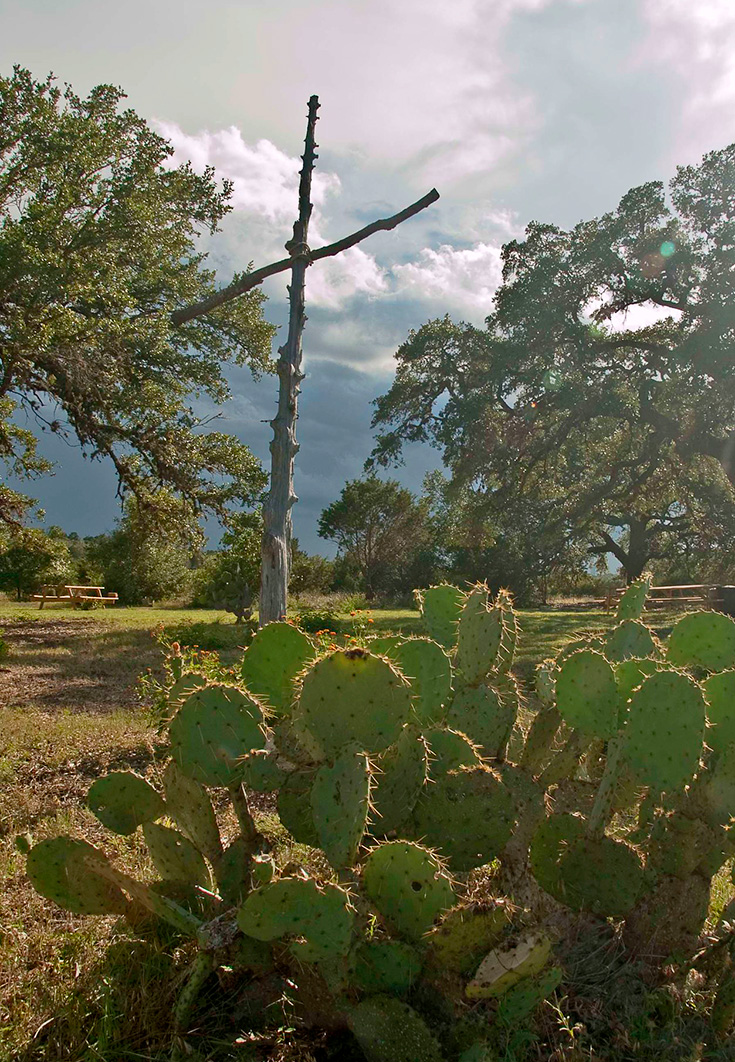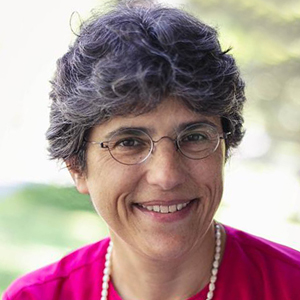Want to learn more? Watch a 25-minute video of the Rev. Sterling Severns describing the process.
1. Follow the liturgical year, and start with a season -- such as Epiphany or Pentecost -- with which the congregation isn’t overly familiar. Don’t change cherished traditions at Easter and Christmas, at least not early on.
2. Trained theological thinking should guide the installations, and more than one trained person should be involved with developing a theme. The Rev. Sterling Severns notes that he’s the abstract thinker at Tabernacle Baptist, while Dr. Judy Fiske, the church’s minister of music and worship, is more nuts-and-bolts. “I’m more comfortable with ambiguity,” Severns said. “Judy’s really good about going, ‘What’s the point? What are you trying to say?’”
3. When developing a theme, know that the feel of the season won’t necessarily match the feel of each biblical passage covered within that season. An installation may reflect the entire season or a particular passage within it. The installation should not remain static from week to week; allow room for it to evolve over time.
4. Remember that the goal is not to decorate the sanctuary so it’s pretty but to offer a more immersive and explanatory experience for worshippers.
5. This is worship, so laypeople, including children, should be involved.
6. Rely on the talents of your members, whether they are welders, theater set designers, quilters, etc. Borrow ideas and materials from other churches.
7. Recognize that some installations will take one night of hard work, while others might require several months of planning.
8. Identify which elements of your sacred space cannot be manipulated. For instance, the stained-glass window of Jesus’ baptism in the Jordan, which hangs above Tabernacle Baptist’s choir loft, is never obscured by an installation (nor is the camera that live-streams each service over the Internet). And the focal point of every installation at Tabernacle Baptist is its Christ candle.
9. Use the photographers in your congregation to document everything you do, and incorporate those images into future installations. Tabernacle Baptist issues a weekly bulletin, and the image on the front is often from that week’s installation.
10. Recycle materials for use in future installations. If the work is meant to be destroyed -- Tabernacle once ripped a large banner progressively over a period of weeks until it was parted at the end of the season -- consider sending pieces home with congregants as bookmarks or keepsakes.















